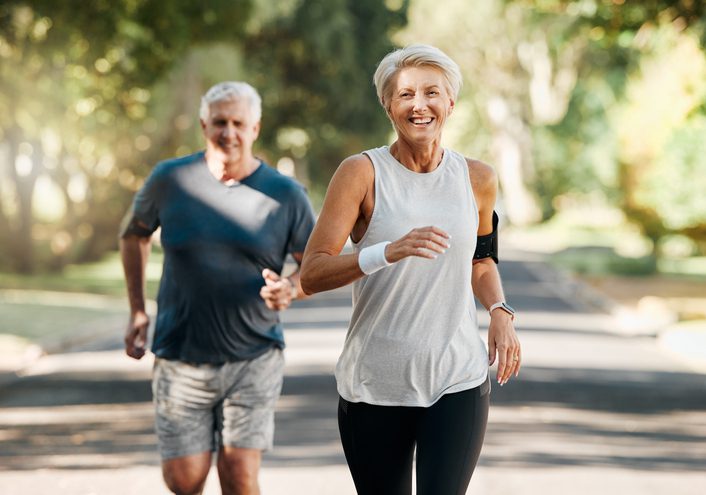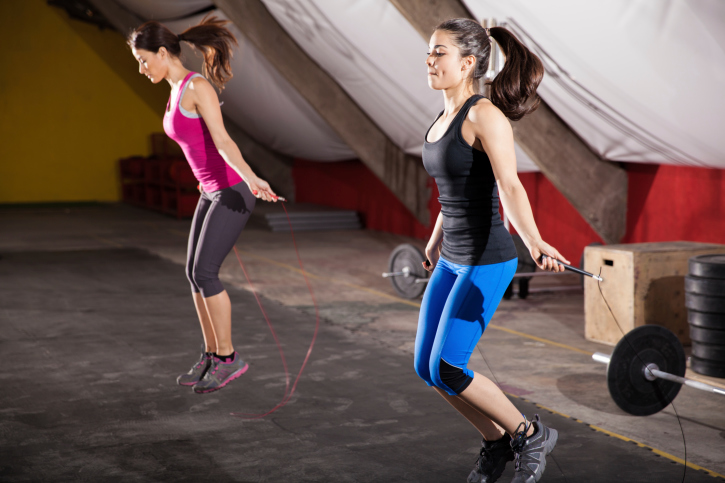Do you ever wish you were 10 years younger? Most new fitness watch technologies allow you to analyze your level of fitness in comparison to the standard for your age and gender–so while you may be 50, depending on how much you train, you might actually have the cardiorespiratory fitness of a 40-year-old. There’s no better feeling than someone (or your watch) thinking you’re younger than you are! Time to strap on your smartwatch, squeeze in an endurance session and get younger.

The technology in your watch measures your VO2 max, or how efficiently your body takes in and uses oxygen during exercise. This value is influenced by factors such as gender and age. Cardiorespiratory fitness naturally declines with age; however, you can still improve your VO2 with regular physical activity to build fitness.
Some devices analyze the intensity of activity, your resting heart rate and body mass index (BMI). You can access the fitness age feature by heading to the health stats section on your watch’s app. If your device doesn’t offer the age feature, you may instead receive a fitness analysis score (poor, fair, average, good, very good or excellent); these stats are still based on your cardiorespiratory fitness compared to the standard for your gender and age group.

Studies have validated that that the technology in most smartwatches provides a sound measure of cardiorespiratory fitness in users. If your score is lower or age is higher than desired, the feature provides you with a better idea of where you are in relation to your goal fitness, and gives you a more objective measure of progression.

If you’re still looking to make progress toward your fitness goals, HIIT, interval training and endurance training are all effective ways of improving your VO2 max. Doing physical activity with a high intensity to increase your heart rate to 70-85 per cent of your max heart rate will help bring you closer to achieving your goals.

